Noticias de Empresa
E-Malt news
Canada, ON: Workers reach final deal as Diageo closes Crown Royal plant in Amherstburg
Australia: ABAREs lifts forecast for wheat, barley, canola crops
USA, WI: Nicolet Ale Works to move into a permanent new home
Pakistan: Murree Brewery restarts beer exports for the first time since prohibition imposed in 1977
Nuestras maltas
-
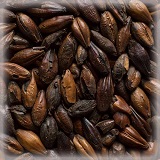 CHÂTEAU CHOCOLAT NATURE® (MALTA ORGÁNICA)
Añadir al carrito
CHÂTEAU CHOCOLAT NATURE® (MALTA ORGÁNICA)
Añadir al carrito
-
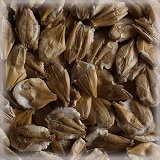 CHÂTEAU CHIT BARLEY NATURE MALT FLAKES® (MALTA ORGANICA DE CEBADA EN COPOS)
Añadir al carrito
CHÂTEAU CHIT BARLEY NATURE MALT FLAKES® (MALTA ORGANICA DE CEBADA EN COPOS)
Añadir al carrito
-
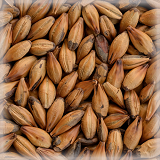 CHÂTEAU CARA CAFÉ®
Añadir al carrito
CHÂTEAU CARA CAFÉ®
Añadir al carrito
-
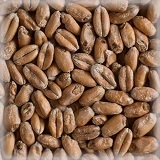 CHÂTEAU WHEAT BLANC NATURE(MALTA ORGÁNICA)
Añadir al carrito
CHÂTEAU WHEAT BLANC NATURE(MALTA ORGÁNICA)
Añadir al carrito
-
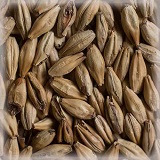 CHÂTEAU CRYSTAL NATURE (MALTA ORGÁNICA)
Añadir al carrito
CHÂTEAU CRYSTAL NATURE (MALTA ORGÁNICA)
Añadir al carrito
Nuestros lúpulos
New Hops
Nuestras levaduras
Nuestras especias
Nuestros azúcares
Nuestras tapas
-
 Tapas 26mm TFS-PVC Free, Purple Opaque col. 2274 (10000/caja)
Añadir al carrito
Tapas 26mm TFS-PVC Free, Purple Opaque col. 2274 (10000/caja)
Añadir al carrito
-

 Crown Caps 29mm TP-PVC Free, Gold NEU col.4310 (6500/box)
Añadir al carrito
Crown Caps 29mm TP-PVC Free, Gold NEU col.4310 (6500/box)
Añadir al carrito
-
 Tapas 26mm TFS-PVC Free, Cyan Opaque col. 2616 (10000/caja)
Añadir al carrito
Tapas 26mm TFS-PVC Free, Cyan Opaque col. 2616 (10000/caja)
Añadir al carrito
-
 Kegcaps 64 mm, Rojas 1485 Sankey S-type (EU) (1000/caja)
Añadir al carrito
Kegcaps 64 mm, Rojas 1485 Sankey S-type (EU) (1000/caja)
Añadir al carrito
-
 Kegcaps 74 mm, Azules 141 Flatfitting A-type (700/caja)
Añadir al carrito
Kegcaps 74 mm, Azules 141 Flatfitting A-type (700/caja)
Añadir al carrito
Recetas de Cerveza
Certificados
Sugerencia
 UK: Spring barley growers using barley straw length as guide to yield may not be using the best indicator
UK: Spring barley growers using barley straw length as guide to yield may not be using the best indicator
Spring barley growers that use straw length or height as a guide to varieties that will give them the greatest straw yield may not be using the best indicator, independent farm trials managed by Scottish Agronomy suggested, according to the report from Farming UK of 15 December.
The first trial conducted near Forfar, compared three feed spring barley varieties each with different crop heights on the HGCA Recommended List 2006 – Waggon at 74 cm, Doyen at 71 cm and Riviera at 82 cm. At least 1 ha of each was grown, and both grain and straw yield measured at harvest.
However instead of showing that straw yield increased with increasing straw height, findings revealed it was more closely correlated with grain output.The tallest variety Riviera produced the lowest straw output at 3.5 t/ha, and also had the lowest grain yield at 6.3 t/ha.
In meantime the shortest variety Doyen produced the middle straw output of 3.8 t/ha, and at a grain yield of 7.0 t/ha. But the highest straw yield of all, at 4.8 t/ha, came from newcomer Waggon, which produced 7.6 t/ha of grain.A second trial, comparing Waggon and Doyen with spring malting variety Chalice, currently being grown as an early maturing feed type, also showed that straw output increased with increasing grain yield.
“Common perception is that tall strawed varieties produce more straw than short ones,” explains Scottish Agronomy managing director, Andrew Gilchrist. “I know from experience that’s not the case. Waggon is an example of a new feed variety that is relatively short and stiff – as is Doyen.
“Where you’ve got livestock in the enterprise it’s quite a bonus if you produce more straw,” he points out.According to Simon Phillips, technical manager for breeder Syngenta Seeds, who supplied seed of Waggon and Doyen for the work, results could challenge many growers’ thinking.
“In this work, growing a shorter variety actually gave 1.3 t/ha more straw. At a straw price of say £20-70/t, depending on time of year and location, that’s an extra £26 – £91/ha return for the grower. That’s without taking into account the extra grain.”
Mr Phillips admits these findings appear to go against conventional wisdom. “But actually they’re logical,” he stresses. “In order to produce a high grain yield, a plant needs lots of biomass. And lots of biomass means lots of straw. It’s got nothing to do with height whatsoever.
“With barley straw being so valuable, straw height has been a big factor in determining variety choice on many farms. Now, perhaps growers will question whether this is the right thing to look at” he stated.
Regresar









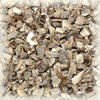


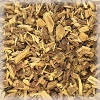
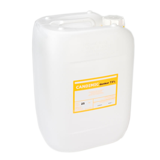
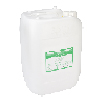
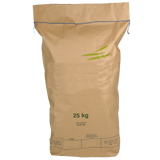
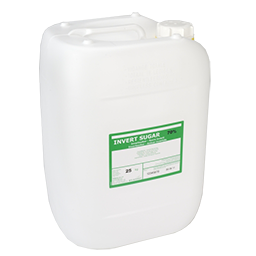
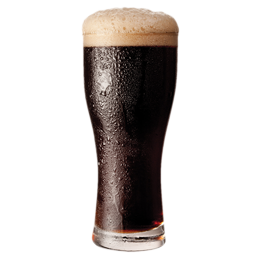
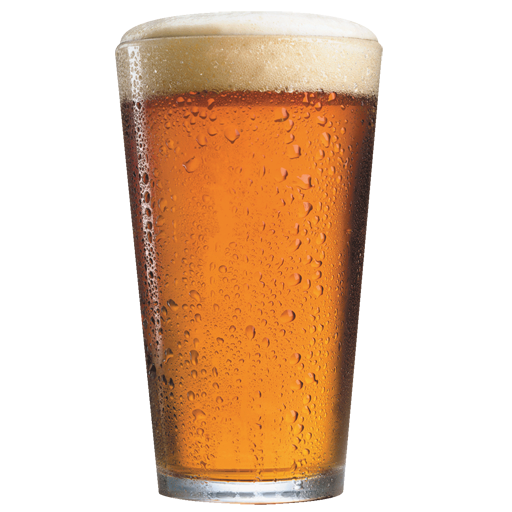
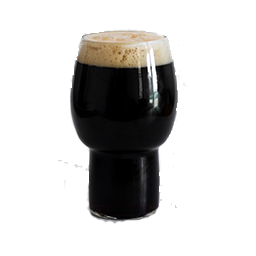
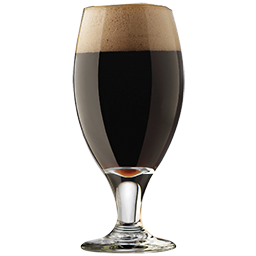
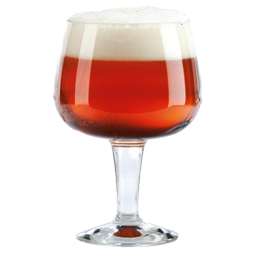
 La Malterie du Chateau | FCA Malt Certificate (English) (2024-2027)
La Malterie du Chateau | FCA Malt Certificate (English) (2024-2027)
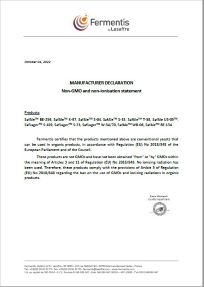 Fermentis Yeast- Non GMO declaration, non-ionisation_beer
Fermentis Yeast- Non GMO declaration, non-ionisation_beer
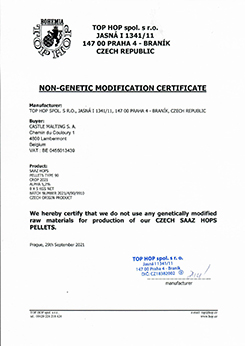 Top Hop - Non GMO Certificate 2021
Top Hop - Non GMO Certificate 2021
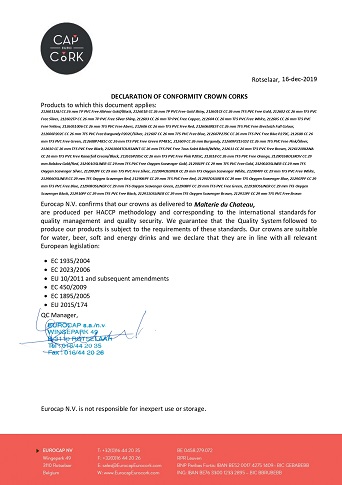 Crown Cork EUROCAP Conformity Certificate 2019
Crown Cork EUROCAP Conformity Certificate 2019
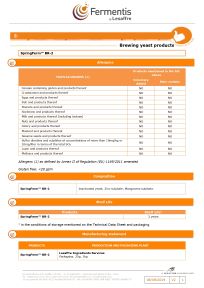 Fermentis - Brewing Yeasts Information ENG - SpringFerm BR-2
Fermentis - Brewing Yeasts Information ENG - SpringFerm BR-2






